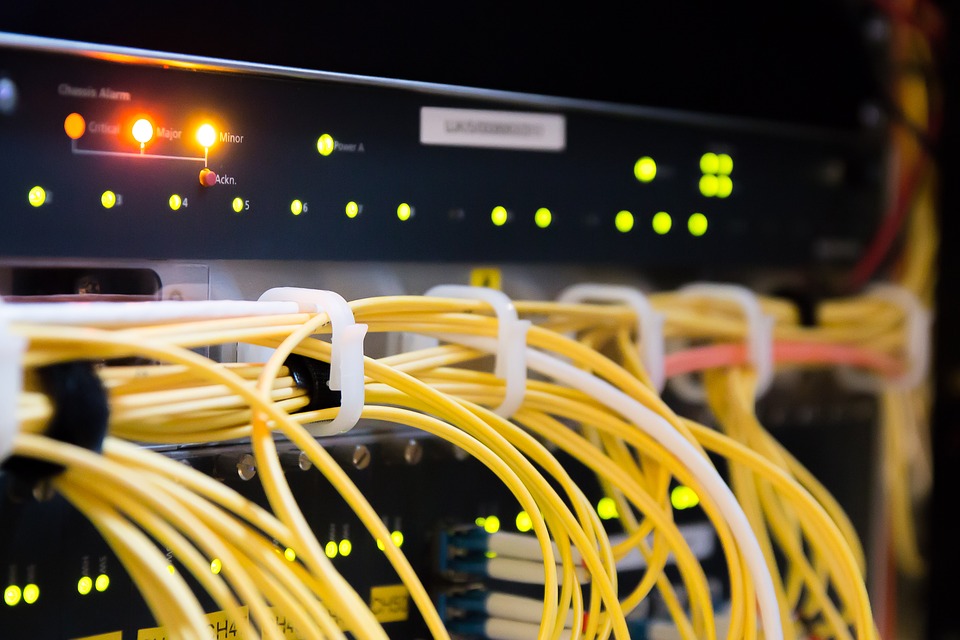Network cables are the wires that connect your network devices to one another. There are two types of network cable: unshielded and shielded. Unshielded is cheaper but also less secure, while shielded is more expensive yet much more secure. Network cables come in various lengths and colors, so you can choose the right one for your needs!
Network cable is the wiring used to connect devices on a network, such as computers and printers. Network cables come in two types: unshielded, which is cheaper but also less secure, and shielded, which is more expensive but much more secure.

Table of Contents
Unshielded Network Cable vs Shielded Network Cable
Unshielded network cable uses an outer plastic casing for protection. If you can see through the clear coat of plastic tubing that surrounds it, then it’s unshielded. Unshielded cabling provides less electrical resistance than shielded cabling, making it cheaper to use because you don’t have to run as many wires between devices like routers and modems. However, if someone cuts into this cable (such as when you drill a hole in your wall) they won’t have to work hard to get access to the wiring inside, which is not protected. That’s why unshielded network cable is less secure.
Shielded network cable uses a lot more wire in the form of braided copper shielding that wraps completely around each wire in the same plastic tubing that covers the unshielded wire. If you can’t see through it, then it’s shielded. Shielding prevents electromagnetic interference from disrupting your data transmission because it provides insulation that blocks external electrical fields.
So if someone cuts this cable, they won’t be able to breach one wire without having to cut every other wire in the group as well! It might cost you more upfront but shielding makes for a much better connection because your wires are safer from outside forces.
Network cable comes in various lengths and colors. Longer runs of cable (typically more than 100 feet) require special cables called “crossover” or “null modem” cables, which are used to connect two devices that usually aren’t near one another.
You can also get different colors of cable to differentiate your wires from others in the area, such as when you’re running network cable under carpets where it’s not visible.
What are Coaxial Cables?
Coaxial cables are shielded, twisted-pair cables that contain a center conductor, an insulating dielectric material, and a braided or solid metal shield. Coaxial cables can be used for many applications including cable television signal, radio frequency (RF) transmission as well as computer networking applications such as 10Base-T Ethernet.
What is Twisted-Pair Cable?
A twisted-pair cable is made of two wires twisted together to protect the wire’s electrical signals from electromagnetic interference. Each wire carries part of the signal, which allows for data transfer at high speeds with low noise interference.
Twisted pair cable typically consists of four pairs within one jacket. These are most often found in telephone service and Ethernet LANs, though they have been used in other applications.
Twisted-pair cable is less expensive than fiber optic cable, but it is more susceptible to interference and cannot span as great a distance. Twisted-pair cable is also available shielded or unshielded – shielded twisted pair (STP) offers the best protection against EMI/RFI while unshielded twisted-pair (UTP) offers less protection.
Unshielded cables are cheaper, but they do not provide the same level of signal integrity as STP cables.
What are Fiber Optic Cables?
Fiber optic cables contain one or more optical fibers that carry information by transmitting modulated pulses of light. A laser diode at one end of the fiber generates a modulated beam of light that travels along the cable. The light passes through the core of the fiber, which guides it along the length of the cable.
An optical switch or a set of couplers at one end can be used to divert some fraction of the light away from the main fiber to a monitoring unit where it can be analyzed and converted back into an electrical signal for use by a computer system.
